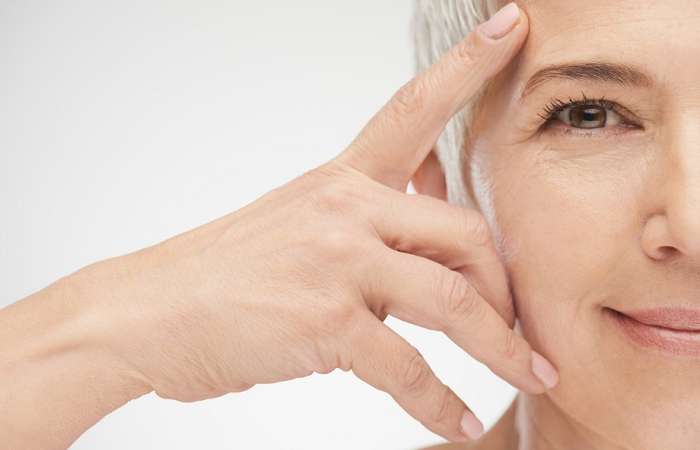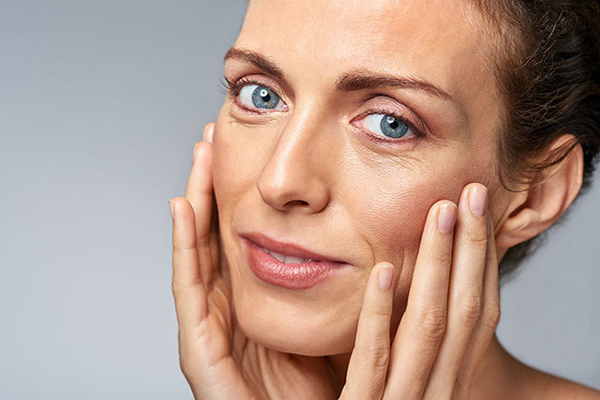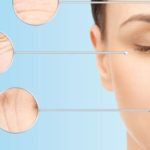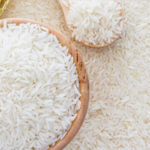1. Causes of facial sagging
There are two types of proteins in the dermis layer of the skin: collagen and elastin. After the age of 25, these two proteins naturally decrease due to the body’s aging process, causing the skin to lose its elasticity.
Factors such as weight loss, poor nutrition, lack of exercise, and other causes can lead to the loss of fat under the skin, causing the skin to lose its support and gradually sag.

Other factors such as gravity, genetics, mental stress, sun exposure, and smoking can also contribute to facial sagging.
Improving facial sagging
– Drink plenty of water:
To look younger, it’s important to drink more water to maintain the skin’s moisture, balance the water level, and improve sagging on the face. Drink enough water every day, and you can add a few chrysanthemum flowers, roses, or slices of fresh lemon.
– Get enough sleep:
Staying up late or having other sleep problems can cause the skin to age quickly and the face to sag. Getting enough sleep can help restore skin elasticity and brightness.
– Facial massage:
You can do it by hand or with facial massage tools. Regular facial massage can promote blood circulation and lymphatic circulation. Use massage cream or oil during the massage.

– Healthy eating habits:
Eating a diet high in salt and oil, such as processed foods in the long run, can cause many issues for the skin, making the facial skin dull. Therefore, it’s important to maintain a balanced diet and consume a variety of nutrients to ensure that the body receives an adequate supply of nutrients.
Eat plenty of foods rich in vitamin C and vitamin E, and consume high-quality protein, fresh vegetables, and fruits.
Preventing facial sagging
– Keep the skin clean and properly care for the skin:
Inadequate makeup removal can clog the pores on the skin, causing inflammation and damage to the connective tissues in the skin, leading to loss of firmness, elasticity, and sagging.
Pay attention to thoroughly cleanse the skin every day, then use a non-irritating moisturizer to nourish the skin.
– Sun protection: After prolonged exposure to sunlight, the skin ages and excessive oxidation can lead to loss of elasticity, causing the skin to sag. You must always pay attention to adequate sun protection and also consume plenty of fresh fruits and vegetables and collagen-rich foods to enhance the support structure of the skin, increase the ability to retain moisture, and nourish the skin, keeping it firm and elastic.



































